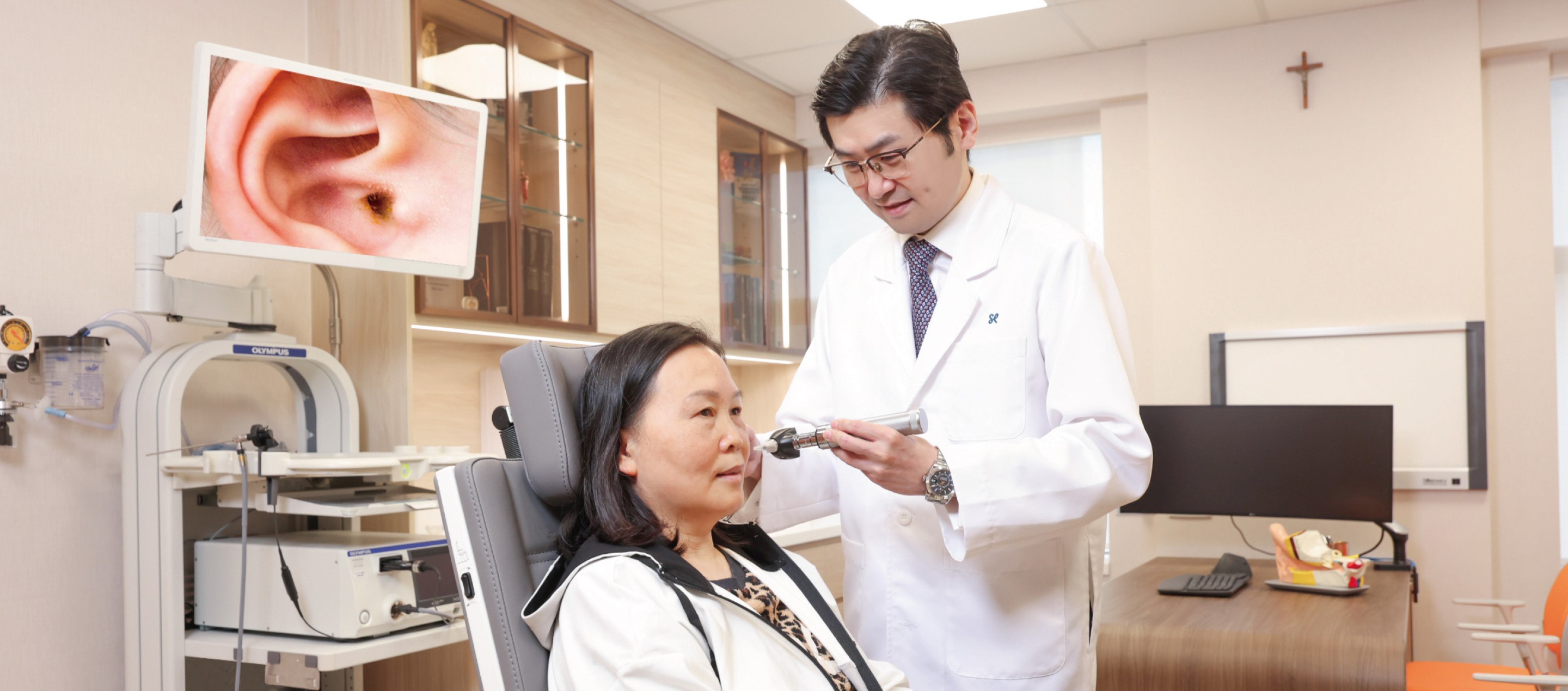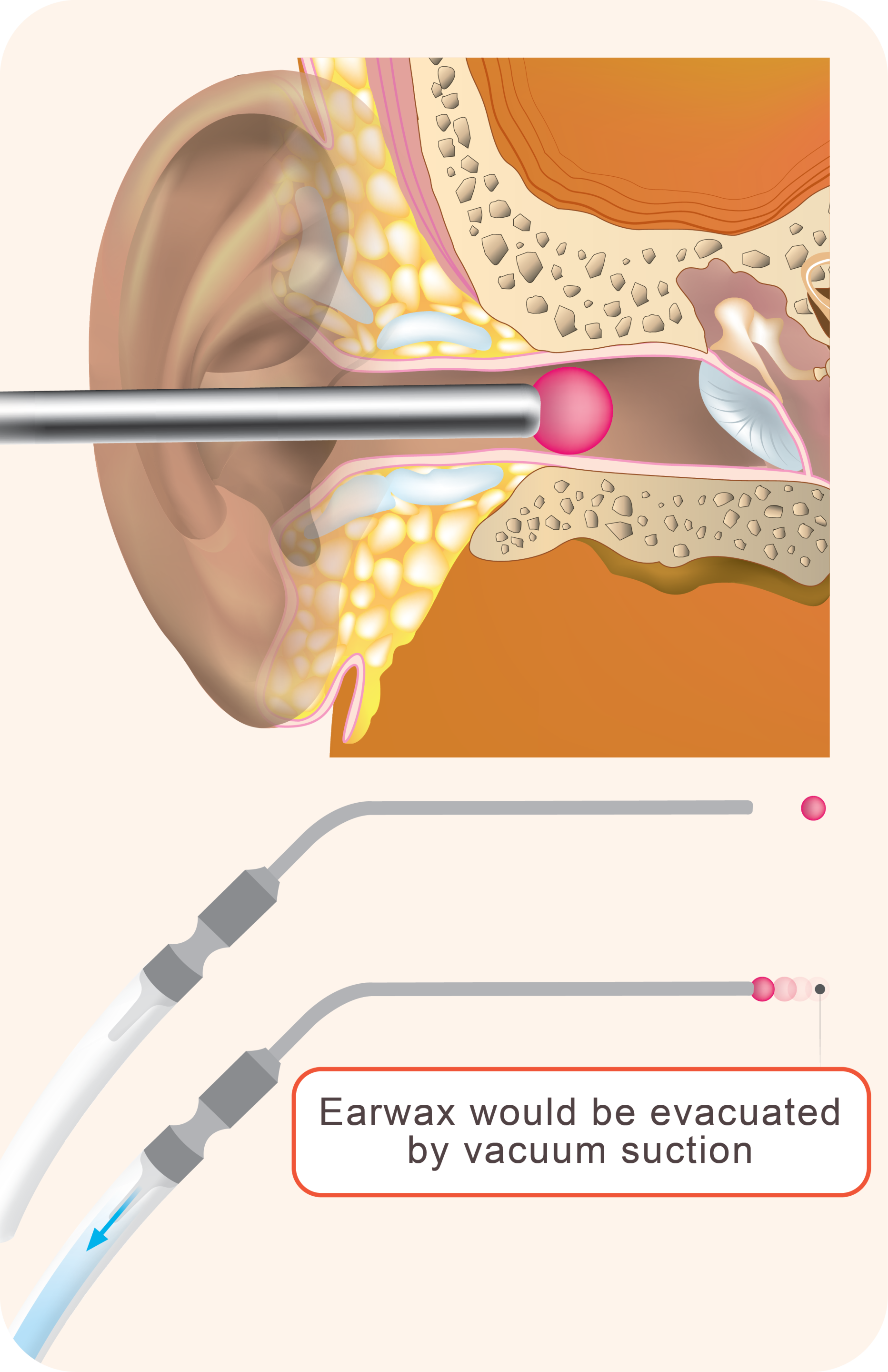

When talking about removing earwax by a doctor, many people might only think of ear irrigation – where doctor is using an enormous syringe filled with normal saline, flushing the earwax out from the ear canal.
The Traditional Methods
In fact, ear irrigation has seldom been performed by ENT specialists nowadays due to numerous reasons. First of all, ear irrigation could not be widely accepted by everyone who needs it. People with sensitivity to touch, in particular children, is very reluctant to let large volume of saline flushing the ear canal.
Second, due to the sudden increase of ear pressure by the flushing saline, patient might experience earache, vertigo or even the risk of damaging the eardrum during the procedure.
Likewise, if the earwax is too big or too hard, it could possibly be pushed further in the canal by the water pressure. Earwax would also swell once it absorbed water, which might cause further clog up of the ear.
Lastly, if there is any existing skin condition or wound in the ear canal, the moisture left behind from the irrigation could be favourable for bacterial growth and wound inflammation.
Another common method of clearing earwax is using wax softening agents. However, the result might vary between people depending on the amount and hardness of the earwax present in the ear canal.
The Professional Method
Since traditional methods of earwax removal might not be suitable for every situation, advanced equipment and technique are adopted by ENT specialists in order to enhance both patient experience and procedure outcomes.
In general, ENT specialists will use microscope or endoscope to access patient's ear in order to confirm the condition of the ear canal and the locations of the earwax. At the same time, he / she will use special instruments such as forceps, hooks and suction to take out the earwax.

On the whole, this method not only helps to enhance procedure's precision and shorten operation time, but also reduces patient's stress and anxiety since there would be much less stimulation of noise and touch sensation generated during the procedure.












